As a nod to my first novel, ‘Tangle of Time’ and Halloween, this blog is about witches: their history, persecution, myths and propaganda.
The Wiccan New Year of Samhain
is considered a precursor to modern Halloween. Today it coincides with Halloween on October 31. Historically, it was a Celtic festival held on November 1 where the world of the gods was believed to be made visible to mankind. Modern witches say it is a time of year when the "veil between the dead and the living is thin."
Credit: U.S. Wiccan group Circle Sanctuary, Encyclopedia Britannica
History of Witches
The word witch is of uncertain origin. There are numerous etymologies from which it could be derived. One popular belief is that it is “related to the English words wit, wise, wisdom [Germanic root *weit-, *wait-, *wit-; Indo-European root *weid-, *woid-, *wid-],” so “craft of the wise.] Another is from the Old English wiccecræft, a compound of “wicce” (“witch”) and “cræft” (“craft”).https://en.wikipedia.org/wiki/Witchcraft#cite_note-18
In the Beginning…
The earliest notation of witchcraft is in the Bible, Samuel 1 when King Saul calls upon the Witch of Endoe to help him win a battle. “Then Saul said to his servants, "Seek out for me a woman who is a medium, that I may go to her and inquire of her." And his servants said to him, "Behold, there is a medium at Endor."
When the Black Death
appeared regularly after 1300, women, accused of being witches, were blamed for causing the plague. The women and their cats were killed. Ironically, the cats ate the rats, which brought the fleas, which carried the bacterium Yersinia pestis which caused the Bubonic Plague, which killed over 20 million in Europe!
Shutterstock
Witchcraft
was not made a capital offence in Britain until 1563 although the practice was deemed heresy and denounced as such by Pope Innocent VIII in 1484. From 1484 until around 1750 some 200,000 witches were tortured, burnt or hanged in Western Europe.
Not just women were killed as witches, men too sometimes were labelled so by neighbours with grudges, but mainly women, older, without male protection and often with cats for pets.
Torture
was common, especially trial by water: If a woman was thrown into the water with hands and feet tied and floated, you were found guilty. If she drowned, she was innocent!
A famous witch catcher
At the height of witch-catching mania in England, a celebrated witch-catcher, Mathew Hopkins flourished. He earned big money for finding witches. One grateful town paid him 23 pounds: the average pay was 2.5 pennies.
Matthew Hopkins. (2024, September 15). In Wikipedia. https://en.wikipedia.org/wiki/Matthew_Hopkins
King James Vl of Scotland and 1st of England
wrote ‘Daemonologie’ which explored witch-craft and demonic magic, then passed a law in 1604 making witchcraft punishable by death, both in Scotland and England
The most important and influential book
promoting the new view was the Malleus Maleficarum by Heinrich Kramer. English translation, ‘Hammer of the Witches’. This book, written by two monks and describing how to recognize and punish a witch, became second in popularity after the Bible.
“What else is a woman but a foe to friendship?” wrote the monks. “They are evil, lecherous, vein, and lustful. All witchcraft comes from carnal lust, which is, in women, insatiable.”
For the first time, these monks named a specific gender as a witch – women, the most vulnerable being single.
As a result Witch hunting
reached its peak in the late 1600s, especially in France and Germany. In one German town, most of the women were killed as the town magistrate declared the Devil had taken over.
A perfect example of mass hysteria
happened in Salem, Massachusetts beginning in 1692 when three children in the home of a Puritan minister swore they saw a coffin and a crystal ball. In the end over 200 women were jailed, 27 convicted and 19 killed.https://allthatsinteresting.com/history-of-witches
Examination of a Witch, T. H. Matteson, 1853.
The Salem Witch Trials influenced the writing of his book.
In Fiction
old hags with moles, warts, and green faces (Wizard of Oz) have the power to bring both life and death and ride on broomsticks.
Martin Le France, 1451, often considered one of the earliest depiction of witches on broomsticks. WikiCommons.
My Witch
‘Tangle of Time’
My historical series featuring Annie Thornton, a modern midwife and apprentice witch, and her cat, Rosamund;
I wanted to portray a normal young woman with a hereditary gift of wiccecræft, all used for good.
In ‘Tangle of Time’, Annie slips through time to the 15th century where she finds herself a victim of ‘witch hunting’. It’s a great read for teens and older folks. Available here.
Wicca.
Wicca is a predominantly Western movement whose followers practice witchcraft and nature worship and who see Wicca as a religion based on pre-Christian traditions of northern and western Europe.
Times have changed
Cathy Lynn Grossman writes in Publishers’ Weekly . . .
Judika Illes and ‘Respectability'.
Illes, author of nine witchcraft books including Daily Magic: Spells and Rituals for Making the Whole Year Magical (HarperOne, Aug.), and editor for many more, tells PW, “I remember in the 1970s, being the lonely little witch in town. Until recently, witchcraft was perceived as lowbrow, like grandma in the old country lighting candles. The respectability has skyrocketed in my lifetime. Now, we’re braver than ever in expressing our interests. You can be a witch proudly, it’s a positive thing.”
After Halloween comes Christmas
Drumroll for the cover of the last book in my series: a great gift for teens and older folk.
Available here.
So, when Halloween comes around, think of the history of witches and be nice to their memory - unlike this sign.
If you enjoy my Tales, tickle the heart. I’d love to hear from you.


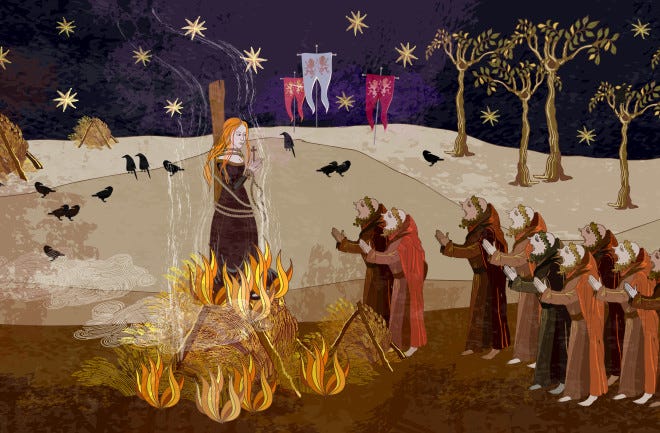
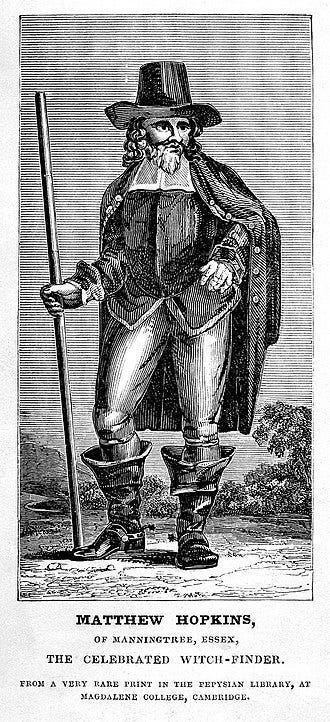
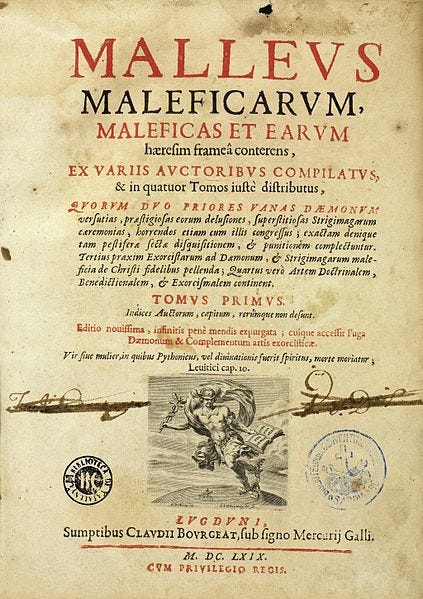
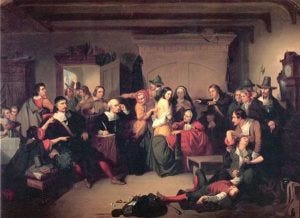
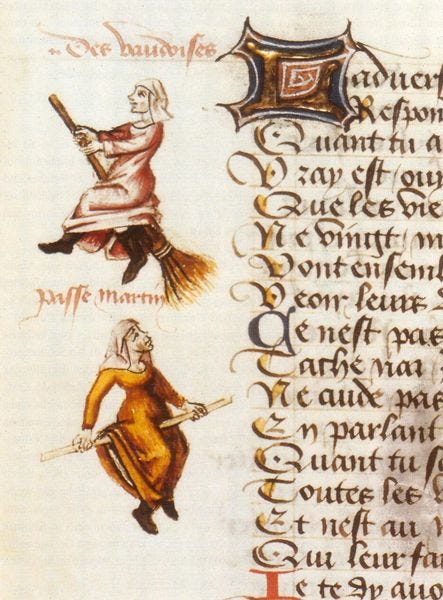
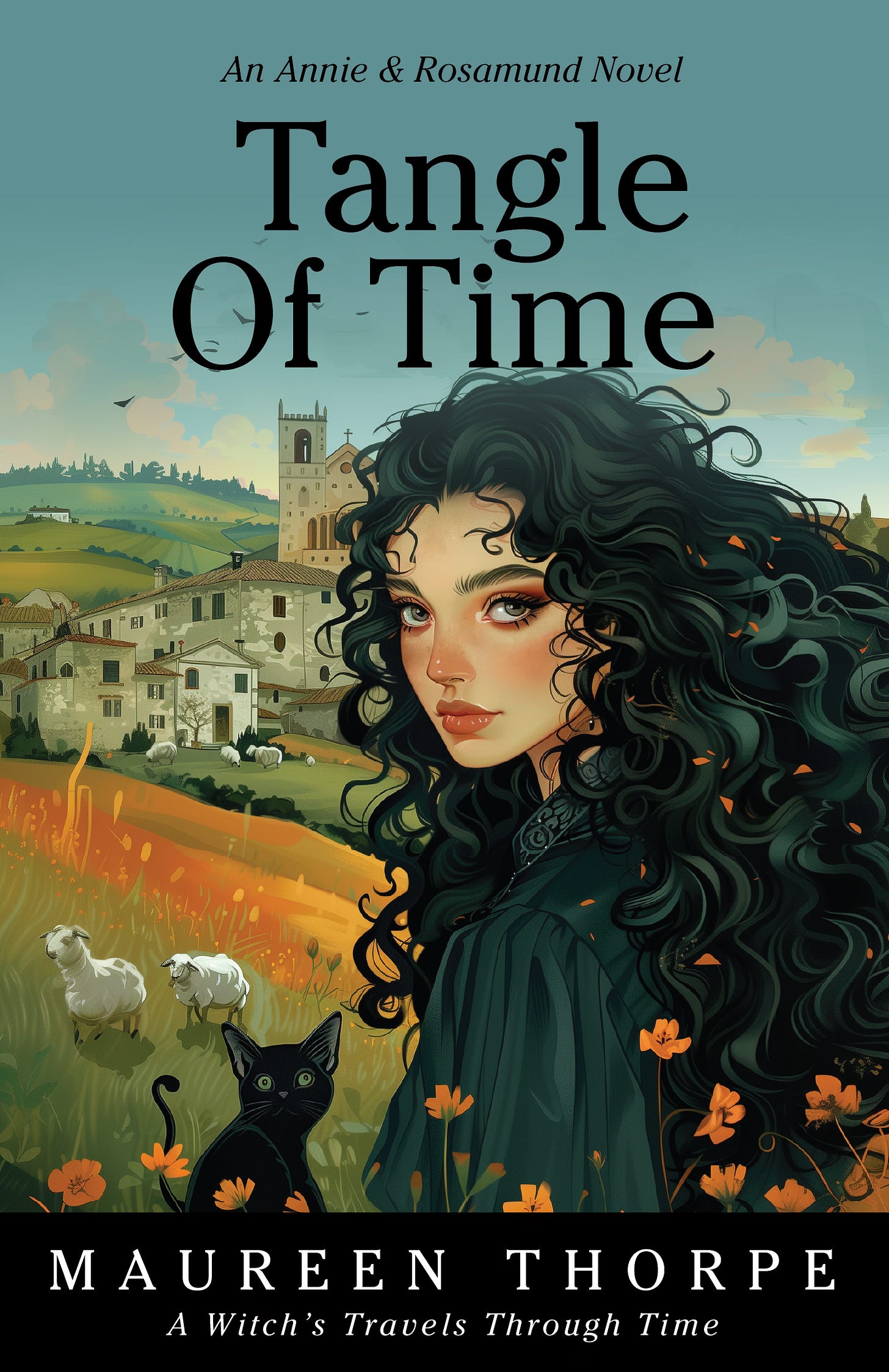
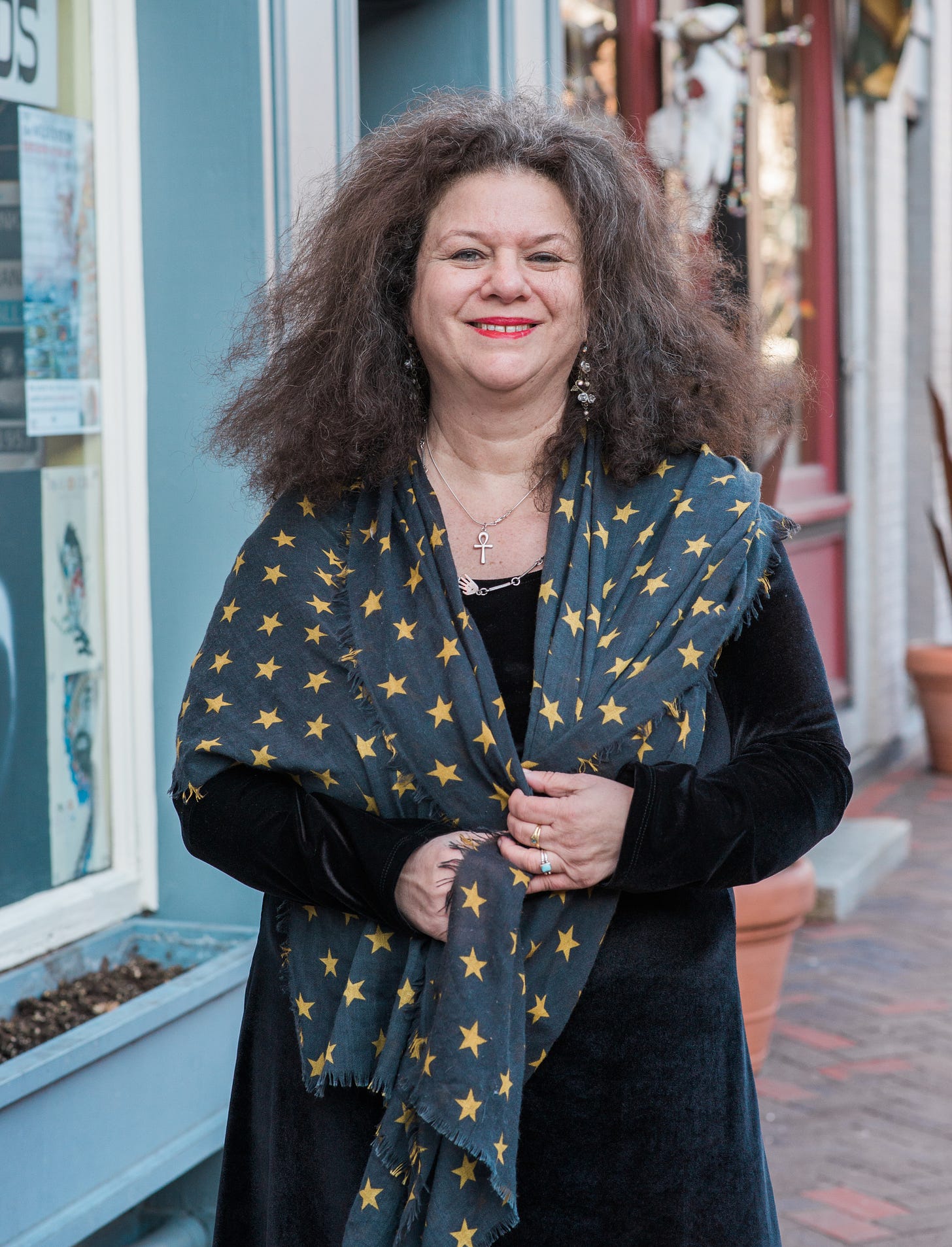
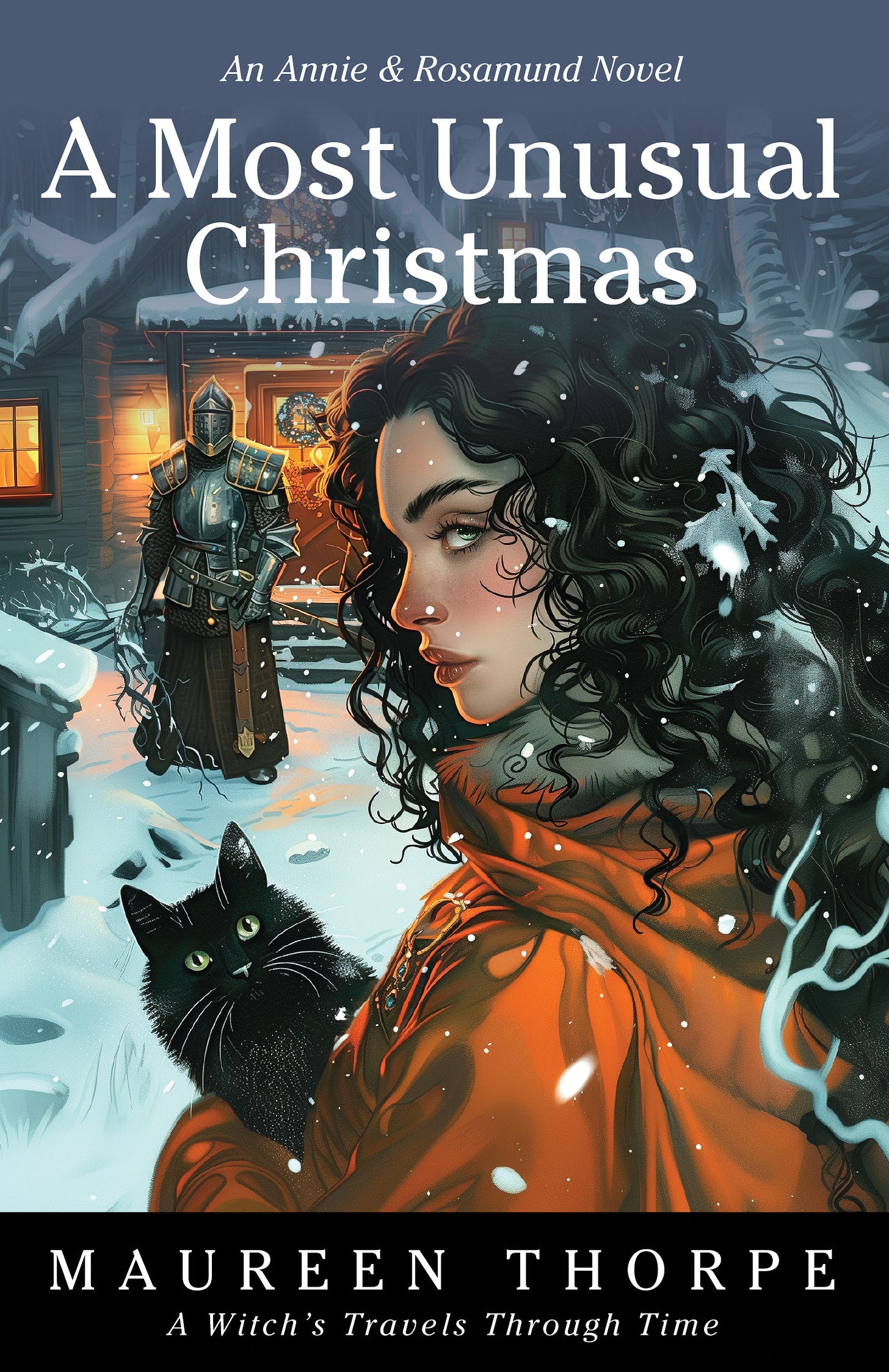
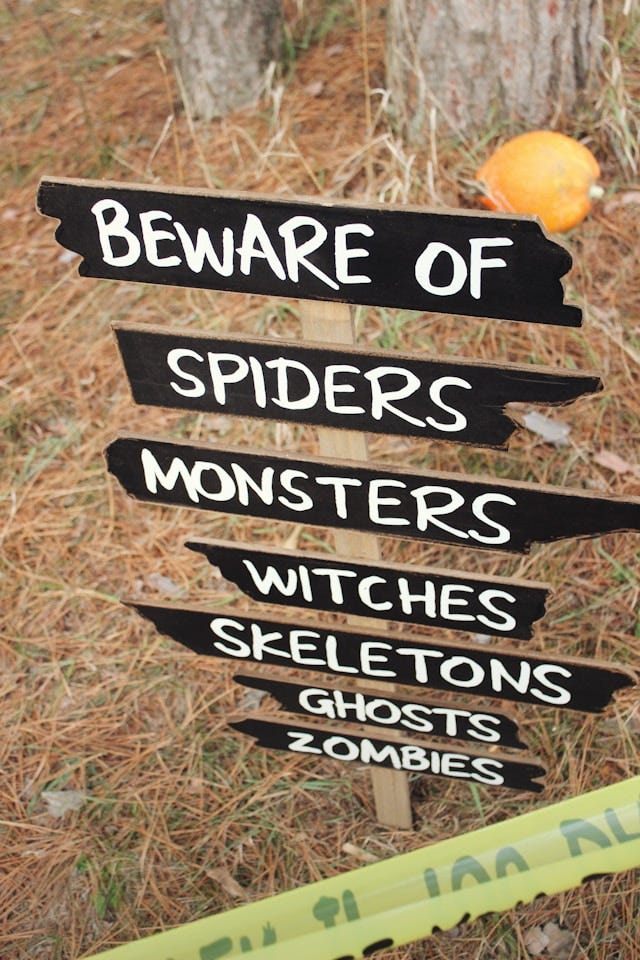
Five for five on the covers. They illustrate the choice of audience; unify the series; and tie together the protagonists.